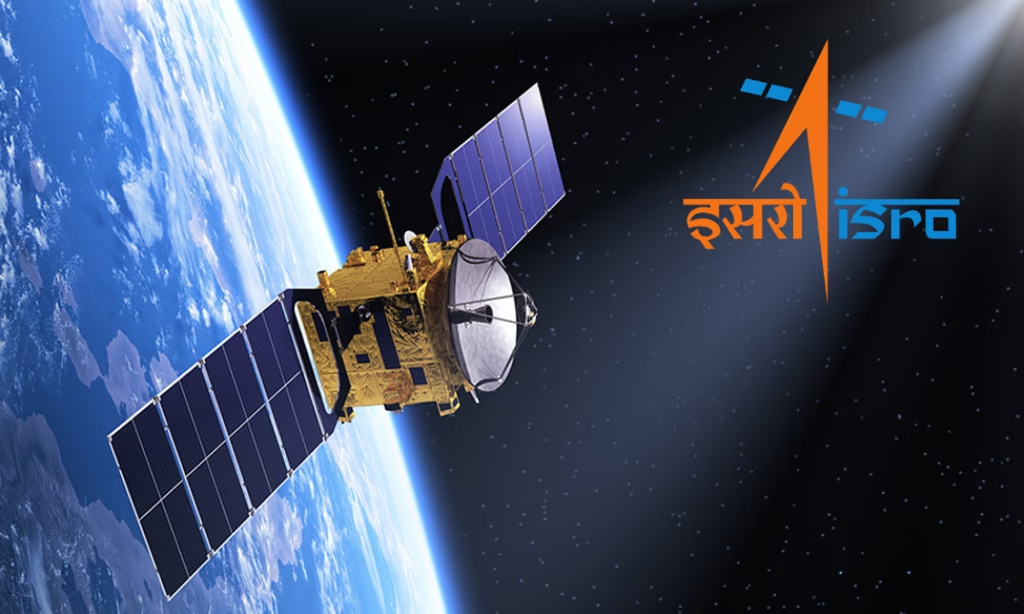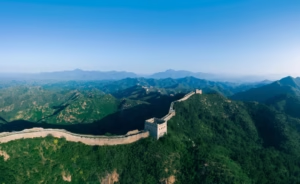Shimla – The Queen of Hills, History and Geography
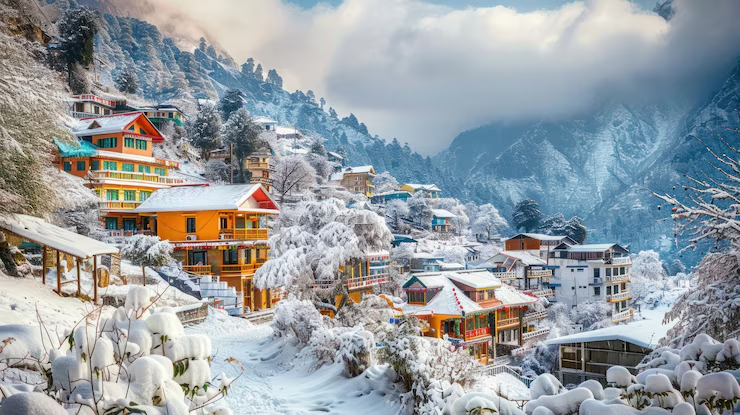
Introduction
Shimla, the capital of Himachal Pradesh in northern India, is one of the most popular hill stations in the country. Known as the “Queen of Hills,” Shimla is famous for its scenic beauty, pleasant weather, colonial history, and rich natural heritage. Surrounded by lush green forests and snow-capped mountains, this charming city attracts thousands of tourists every year. In this article, we’ll explore Shimla’s population, geography, nature, history, and other important features in simple and clear language.
1. Location & Geography
- Where it lies: Shimla, capital of Himachal Pradesh, is nestled in North‑west India, on the south‑western flanks of the Himalayas
- Coordinates & elevation: Roughly 31.61° N, 77.10° E, its altitude is about 2,200 m (7,200 ft) above sea level, spanning 9 km along a ridge with seven hill spurs—notable ones include Jakhoo, Observatory, Summer, and Prospect Hills
- Terrain: The city is built on steep slopes, many at 60°, and resting on fragile geology—leading to issues like landslides, hillside sinking, and seismic vulnerability (Zone IV earthquake risk)
- Climate: Shimla enjoys a subtropical highland climate: cool to pleasant summers (14–20 °C), chilly winters (−7 to 10 °C), monsoon rains up to 415 mm in July, and occasional snowfall (now often in January–February)
2. Population & Urban Profile
- Population: As per the 2001 census, Shimla town had ~142,555 residents. The 2011 census recorded ~169,578—a sign of steady growth.
- Languages: Predominantly Hindi and English, with Pahari dialects and Punjabi among locals
- City structure: Built across seven spurs, urban expansion continues despite ecological fragility. Only a small part—414 ha—is maintained as greenbelt
- Challenges: Increasing construction, deforestation (notably in the 1980s–90s), and heavy tourist load strain the landscape—spurring landslides and urban instability
3. Nature & Ecology
- Forests: Surrounding hills are clothed in pine, deodar, oak, and rhododendron. Rhododendron blooms paint the landscape in red and pink during spring.
- Protected areas: The Shimla Water-Catchment Sanctuary (~1,000 ha) with elevations from 1,900–2,620 m safeguards watershed streams feeding the town.
- Flora & fauna: In forests like Chharabra, you’ll find wild strawberries, rhododendrons, and plants like cobra lily and dense willow/birch clusters. Animals include barking deer, jackals, pheasants, occasionally leopards, and birds such as Himalayan eagles.
- Environmental concerns: Tourist pressures and civic neglect have chipped away at Shimla’s reputation as an ecotourism haven. Landslides post-monsoon remain a growing risk.
https://sypertimes.com/why-is-the-temperature-of-the-earth-rising-rapidly/
4. History
- Early days: Originally a Pahari hamlet with a temple to Goddess Shyamala, Shimla emerged historically during the Anglo-Nepal (Gurkha) War (1803–1815). Gurkha forts sprang up, but were driven back by British-Sikh alliances by 1815
- British era beginnings: In 1822, Lt. Charles Kennedy built the first wooden cottage, and Shimla became a British hill retreat. After the Hindustan‑Tibet road reached Shimla (1850), wheeled traffic arrived by 1860
- Summer capital: From 1864–1939, Shimla served as the summer capital of British India. It was the nerve center for policymakers fleeing India’s plains heat
- Railway milestone: The celebrated narrow-gauge Kalka–Shimla Railway, completed in 1903, was built under Herbert Harington and became a UNESCO World Heritage site in 1999
- Buildings & institutions:
- Christ Church (neo-Gothic) built 1844–1857, noted for stained-glass windows signifying virtues, with architecture by Boileau and Kipling
- Viceregal Lodge (now Indian Institute of Advanced Studies) hosted pivotal pre-Independence talks and the India–Pakistan Shimla Agreement
- Other British heritage: Gaiety Theatre, Gorton Castle, Auckland House, Peterhoff.
- Post-Independence: After 1947, Shimla briefly served as Punjab’s capital until 1966, before becoming Himachal Pradesh’s capital. The local administrative district was reorganized in 1972
- Cultural legacy: Freedom leaders, including Gandhi, Nehru, Patel, and Azad, frequented Shimla. The town’s colonial architecture remains a significant part of its identity
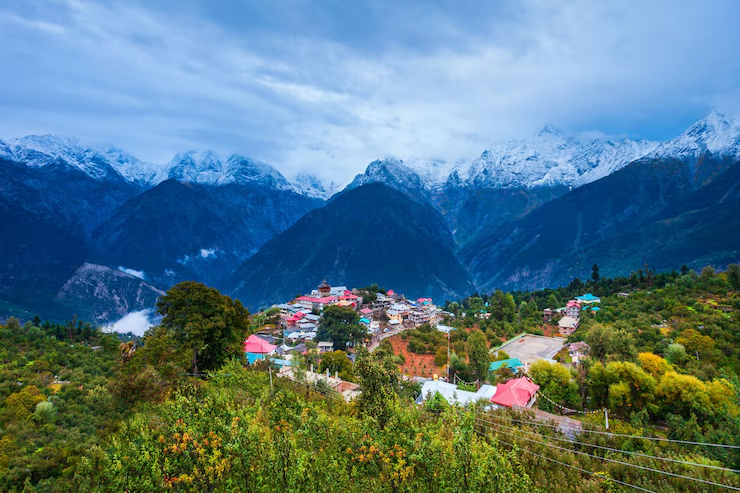
5. Population & Economy
- Administration & services: Shimla hosts government offices, Himachal Pradesh University’s colleges, sanatoriums, light manufacturing units, breweries, and handloom weaving industries
- Agriculture: Surrounding rural areas cultivate apples, strawberries, and vegetables. Apple orchards are iconic to the region .
- Tourism: Serves as a vibrant economic engine—accommodations, restaurants, trekking tours, and pilgrimage to temples all cater to large visitor inflows, especially April–June and December–February .
- Transport & access:
- Rail: The scenic Kalka–Shimla toy train still runs today.
- Road: The winding 90 km road from Parwanoo/Chandigarh experiences heavy congestion in high season
- Air: Shimla Airport (Jubbarhatti), ~23 km from city.
- Future plan: A proposed 40 km cable‑car from Parwanoo to Shimla aims to mitigate traffic and improve access.
6. Culture, Festivals & Tourist Life
- Shimla Summer Festival: Held every May/June since 1960 on The Ridge. Features flower shows, folk music, art fairs, theatre, food, dog shows, sports, plus local crafts exhibitions
- Daily life & walkability:
- The Ridge: The heart of social life, open-air buzzing plaza with views of Pir Panjal and Great Himalayas, brass bands, pony rides, and giant sports-screen
- Mall Road: Pedestrian-friendly shopping street lined with colonial facades, cafés, bookstores. No motorised traffic allowed.
- Historic romance: “Scandal Point” marks the rumored elopement spot of a British Viceroy’s daughter with the Maharaja of Patiala
- Entertainment: Gaiety Theatre hosts cultural performances; ice skating rink in winter is among India’s largest natural frozen rinks
7. Temples & Religious Sites
- Kali Bari Temple: Dedicated to Goddess Kali (Shyamala), possibly the city’s namesake. Originally built 1823, relocated to Bantony Hill. Bengali-style structure with a blue idol
- Jakhu Temple: For Hanuman atop Jakhoo Hill (~8,051 ft). Accessible via trek or ropeway—with panoramic city views and cheeky monkeys as companions.
- Other shrines: Tara Devi temple, Sankat Mochan, Chadwick Falls’ local lore—all amidst verdant forest belts.
8. Infrastructure & Urban Growth
- Planning areas: Shimla Municipal Corporation plus outskirts (New Shimla, Dhalli, Tutu, Kufri, Shoghi) total ~100 sq km; city core is ~32 sq km
- Problems:
- Unsafe construction on slopes.
- Poor drainage/sewage leading to slope instability and landslides.
- Traffic gridlock: especially during summer migrations, paralyzing roads and creating hazards for emergencies.
- Solutions:
- New cable-car proposal to reduce road traffic.
- Greenbelt conservation and construction regulations are being tightened.
- Heritage preservation efforts and eco-tourism consciousness are growing.
9. Key Sights & Things to Do
Kalka–Shimla Toy Train: A heritage journey through 102 tunnels and over eye-catching bridges—recognized by UNESCO.
Colonial Landmarks:
- Viceregal Lodge/Indian Institute of Advanced Studies.
- Christ Church (Neo‑Gothic).
- Gaiety Theatre, Scandal Point, Mall & Ridge.
Natural attractions:
- Trek to Jakhoo Temple.
- Meadows of Summer Hill, Prospect Hill.
- Nearby hill stations: Kufri, Mashobra, Naldehra, Chail, Kasauli
Seasonal activities:
- Ice-skating during crisp winters.
- Cultural immersion during the Summer Festival.
- Apple-picking in nearby orchards.
- Bamboo & pine forest walks, bird watching.
- Shopping local crafts: woollens, wooden toys, jams, shawls at Lakkar Bazaar
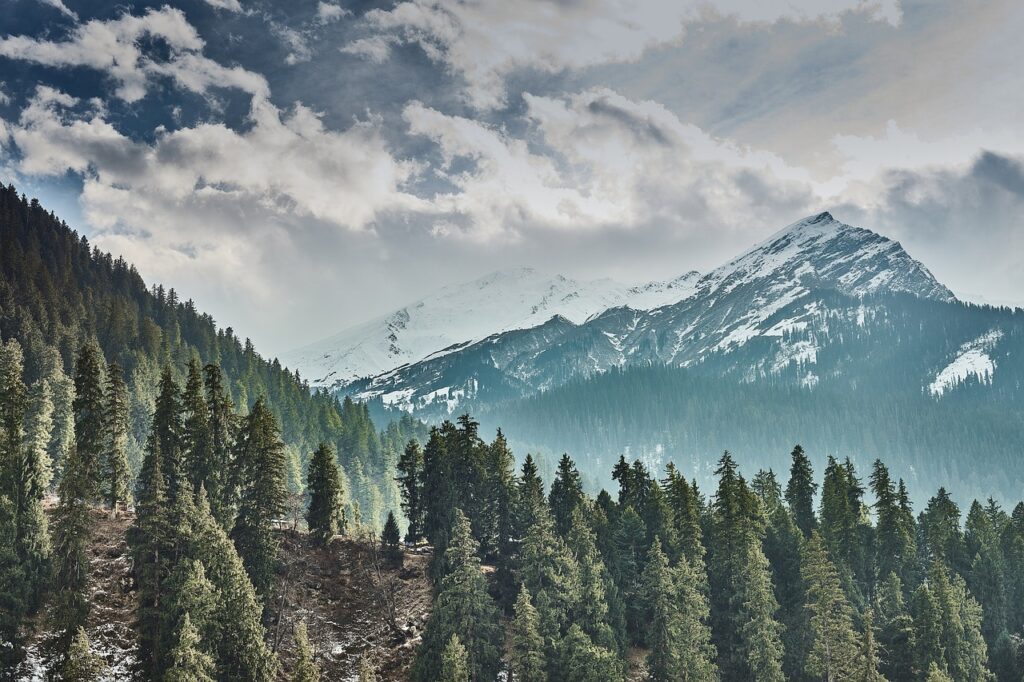
10. Summary
Shimla’s charm lies in its blend of cool mountain climate, colonial-era architecture, vibrant festivals, rich temple heritage, and natural beauty. As it balances urban expansion with ecological safeguards, Shimla continues to enchant tourists, day-trippers, students, and pilgrims. However, it faces modern challenges: managing traffic, preserving fragile terrain, and protecting heritage and environment. Infrastructure projects like the proposed cable‑car and ongoing conservation efforts aim to help the city navigate its future—all while keeping its old-world charm intact.
✔️ By the Numbers
| Feature | With Shimla |
|---|---|
| Elevation | ~2,200 m (7,200 ft) |
| Area | ~32 km² municipal, ~100 km² planning area |
| Population | ~169,000 (2011) |
| Forest types | Pine, Deodar, Oak, Rhododendron |
| Peak tourist seasons | April–June; Dec–Feb |
| Built-up landscape | 7 hill spurs; risk of landslides & seismic activity |
| Heritage sites | Kalka–Shimla railway, Christ Church, Viceregal Lodge, Gaiety Theatre |
| Wildlife sanctuaries | Shimla Water‑Catchment Sanctuary, Chharabra |
| Cultural events | Shimla Summer Festival, Mall/Ridge social hub |
Shimla is not just a hill station—it’s history carved into hills, a garden engulfed in forests, a town where colonial lanes breathe local life, and an evolving urban gem negotiating tradition and modern challenges. Let me know if you’d like a deep dive into any particular theme.

